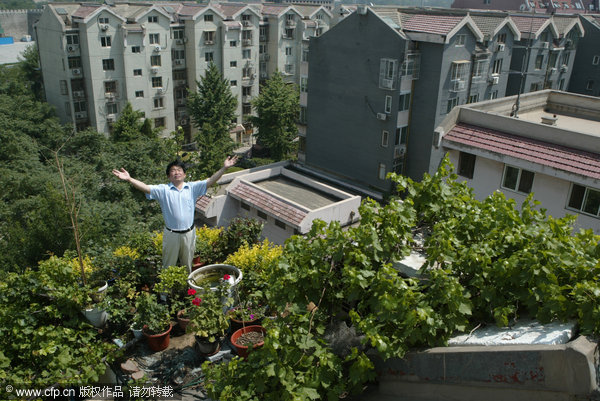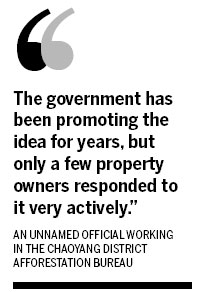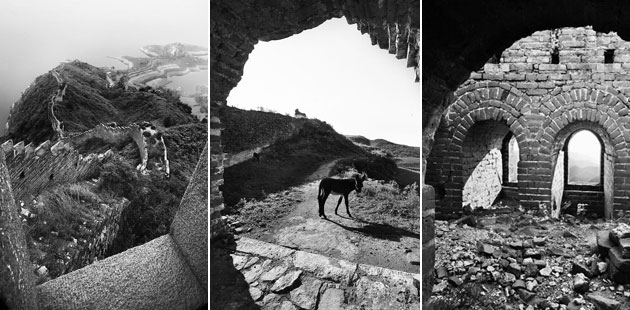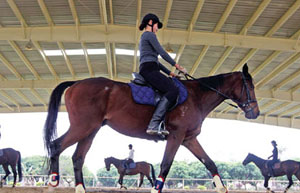More green terraces in Beijing soon
Updated: 2011-12-21 09:00
By Zheng Xin (China Daily)
|
|||||||||
BEIJING - The Beijing government is encouraging greening of the city's rooftops. The idea is to reduce air pollution and improve urban ecology.
According to the Beijing municipal bureau of landscape and forestry, the city will build terrace gardens atop public buildings below 12 stories. However, the subsidy amount remains undecided, although it won't be lower than 10 million yuan ($1.6 million) a year, according to Tan Tianying, president of the Beijing Roof Afforestation Association.
|
 |
|
A man surnamed Gao displays his garden on the rooftop of his residential building in this undated photo. [Photo/CFP] |
"As a public welfare project, the Beijing finance bureau allocates 10 million yuan to maintain and build more green roofs every year and, as the government is paying more attention to it, the subsidy won't be lower than that," said Tan.
"The green roofs can better serve a building as well as benefit the residents," said a publicity official with the landscape and forestry bureau who would only give his surname Li.
However, not everybody is too ecstatic about the proposal.
|
|
"The government has been promoting the idea for years, but only a few property owners responded to it very actively," said an official working in the afforestation bureau in Chaoyang district who refused to give his name. "Some residents are reluctant to have their roofs covered due to the extra cost and the possibility of leaks caused by irrigation."
"I prefer not having the roof of my apartment covered with grass," said Wang Yu, 26, a Beijing resident, who lived on the top floor of his building in Haidian district. "I heard of some residents suffering water leakage caused by irrigation on the rooftop. I prefer growing some plants on my balcony instead."
In response to the doubt, Li said the leak was only an isolated case.
"After years of trials, the roof greening technique is pretty mature," said Li. "As long as waterproof membrane is put to use and proper care taken, there won't be any leaks."
Li said greening of roofs has been encouraged since 1984. Beijing Great Wall Sheraton Hotel was the first to be covered with green plants. However, the more than 1 million square meters of green roofs now in Beijing, mainly buildings of central government departments, hospitals and schools, only account for 1 percent of the roofs ready to be covered.
Li said it will take some time for the public, as well as some officials, to be fully aware of the benefits of roof greening, such as saving energy and emission reduction.
According to Tan, green roofs were not maintained very well in the city.
"Among the existing green roofs, some 30 percent have died out due to improper management," he said. "The government should invest more in not only the initial cost, but also maintenance."
"With the green roofs, which help cool down the temperature of a building, we can reduce 70 percent of the energy consumption of air conditioners in summer," said Tan. "Besides, the maximum cost for greening rooftops is 500 yuan ($79) a square meters while that of greening an equal area of land could mount to 60,000 yuan. Further investment in greening of rooftops will help turn the capital into a more ecological city."












